Campaigners are hitting back at zoo proposals to cull adult male gorillas, arguing they should be returned to the wild instead.
Overcrowding of critically endangered western lowland gorillas in zoos has led the influential European Association of Zoos and Aquaria (Eaza) to consider killing adult males of the species. Eaza is the body that regulates most of the zoos in Europe.
Western lowland gorillas are the smallest of the four gorilla subspecies, standing at 4 to 6 feet (122cm to 183cm) when upright. In the wild they are critically endangered. The exact number of western lowland gorillas is not known because they inhabit some of the most dense and remote rainforests in Africa. Because of poaching and disease, the gorilla’s numbers have declined by more than 60% over the last 20 to 25 years.
Leaked documents seen by the Guardian reveal that culling, castration and keeping adult single males in solitary confinement for a large portion of their lives are seen as potential solutions to an overpopulation of the species in zoos. The gorilla population in Eaza zoos consists of 463 individuals (212 males, 250 females and one of unknown sex) at 69 institutions.
The gorilla action plan, released to stakeholders in zoos, admits that culling would be “the most appropriate tool if strictly talking from the biological point of view,” but that the decision could be unpopular with the public.
The document reads: “The main downside of this option is that it is controversial in many countries and in some illegal, in specific circumstances. Any discussion on culling can quickly become an emotional one because it is easy to empathise with gorillas. This carries a high risk that an emotional response by the public and/or zoo staff and keepers, catalysed by social media, inflicts damage to zoos and aquariums.”
Once male gorillas reach a certain age, zoos do not keep them in all-male groups, because of the risk of violence. Zoos are also loth to keep them in mixed groups, as there would be nowhere to house any resultant offspring.
Other animals that are given non-breeding recommendations in European zoos because of overpopulation include white tigers, pumas and ocelots.
Conservationist and rewilder Damian Aspinall, who runs wildlife parks in Kent, is working with Carrie Johnson to draw attention to the plight of animals in zoos. He believes these gorillas should be returned to the wild rather than culled.
He said: “It’s a sad day for the zoological community when they are considering culling gorillas when there is a great opportunity to re wild gorillas like the Aspinall Foundation has done for 30 years, having rewilded over 70 gorillas.”
Nevertheless, some scientists argue that it is too difficult to return gorillas to the wild in most cases, as there is not enough habitat to safely release them and avoid conflict with others of the species – and humans – and that they can carry diseases that may wipe out wild populations.
Dr Ben Garrod, a primatologist and professor of evolutionary biology and science engagement at the University of East Anglia, said: “The last thing anyone serious about conservation and welfare wants is to discuss culls, but they can serve a function in some situations. Introducing any large mammal to the wild comes with so many considerations and difficulties, and great apes are an especially risky group.
“Great apes, such as gorillas, are able to pick up many of the diseases our own species carries, and if they were introduced into wild gorilla populations, the effects would be devastating. Similarly, animals being introduced into the wild need a habitat away from humans, and away from other gorillas ideally, partly to reduce conflict and partly to reduce any possible infection or disease spread.
“Realistically, there isn’t an abundance of such pristine suitable habitat out there – that’s part of the original problem.”
He added: “I’d ask why any zoo is able to breed so many gorillas that a cull is even considered necessary. Do we cull the babies or old animals or excess males? These are social, sentient and cultured animals. We do not have the right to treat them as surplus stock in this way. To breed animals like this without a sustainable and ethical outcome is reckless to say the least, and needs to be addressed.”
Gorilla expert and BBC presenter Ian Redmond said he was shocked by the suggestions. He said: “In my view, it is wrong on many levels to castrate or kill a healthy gorilla for human convenience. Not only is the western lowland gorilla a critically endangered species, protected by national and international law, all great apes are autonomous beings who deserve our respect.
“Perhaps in the UN decade of ecosystem restoration, which starts this year, zoos could follow the lead of the Aspinall Foundation and step up to the task of reversing biodiversity loss and restoring ecosystem function by putting the gardeners of the forest back where they belong?”
Virginia McKenna OBE, co-founder of Born Free Foundation, the international wild animal charity, called for an investigation into the zoo body and said: “Like me, I am sure millions of people will reject Eaza’s conservation and animal welfare claims, and join Born Free in calling for a full, independent investigation into the way Eaza zoos are run, their zoo-based captive breeding programmes, and the brutal and potentially terminal consequences for many of the animals involved.”
A spokesperson for Eaza admitted that culling was part of their gorilla management plan, but that under suitable conditions, they might support rewilding of the primates.
They said: “Given that wild habitats for lowland gorilla are increasingly scarce and mostly at full carrying capacity [ie they hold as many wild gorillas as the habitat can currently sustain], any responsible ex situ conservation programme must make contingency plans to keep the population as genetically and demographically diverse as possible, while maintaining good animal welfare. So far, no gorillas have been culled and we are currently not recommending the use of culling – this is unlikely to change over the short to medium term.”
The group admitted that castration and housing single males alone were methods that were currently being used to control the population.
The spokesperson said: “It is very common practice for veterinarians worldwide to carry out castrations on mammals precisely to ensure sustainable populations of animals and good social order between them. As the text shows, Eaza believes that housing single males is not an ideal solution, but again, as a responsible ex situ conservation body, we must consider all methods for maintaining a healthy population of gorillas, and due consideration has been given to this.”
This article by Helena Horton was first published by The Guardian on 26n November 2021. Lead Image: The gorilla population in Eaza zoos consists of 463 individuals (212 males, 250 females and one of unknown sex) at 69 institutions. Photograph: deepblue4you/Getty Images/iStockphoto.
What you can do
Support ‘Fighting for Wildlife’ by donating as little as $1 – It only takes a minute. Thank you.
Fighting for Wildlife supports approved wildlife conservation organizations, which spend at least 80 percent of the money they raise on actual fieldwork, rather than administration and fundraising. When making a donation you can designate for which type of initiative it should be used – wildlife, oceans, forests or climate.

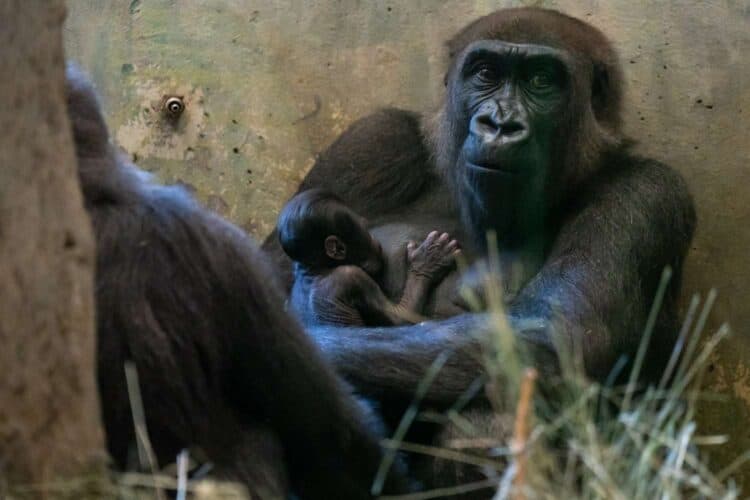

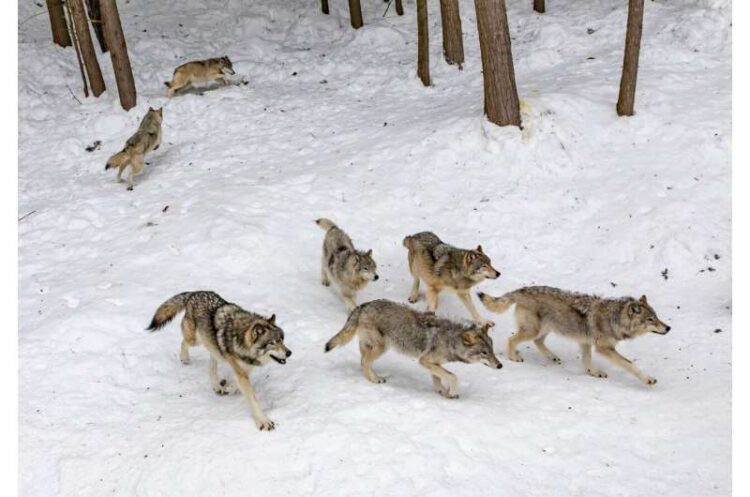
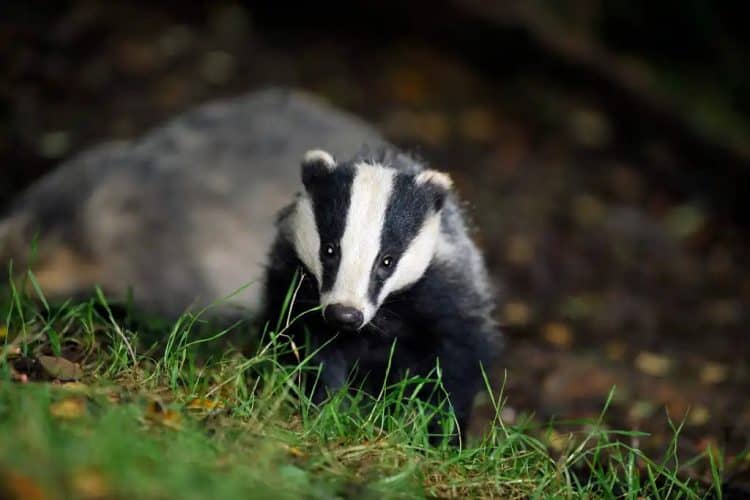
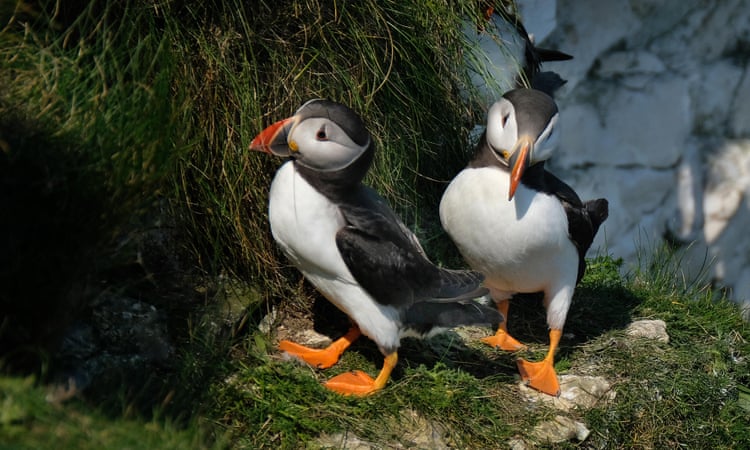
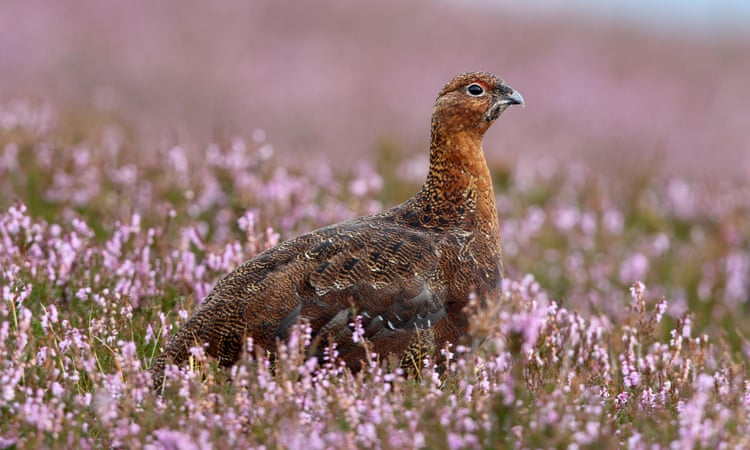
Leave a Reply